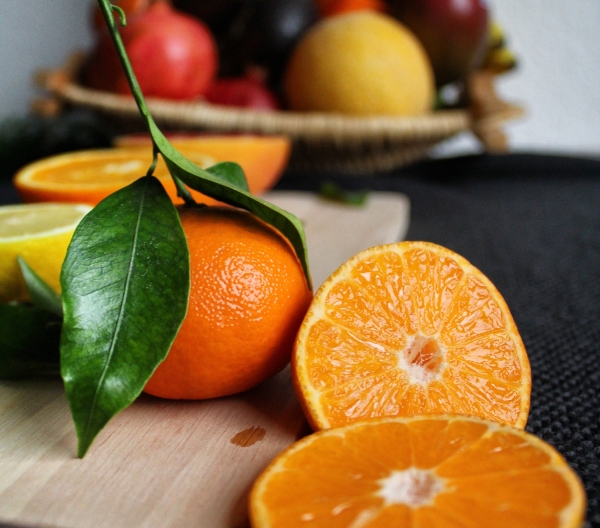5 healthier takes on pasta
This article comes from Nutrition Action. We don't accept any paid advertising or corporate or government donations. Any products we recommend have been vetted by our staff and are not advertisements by the manufacturers.
Ready to level up your pasta game? Whole wheat or legumes trounce white flour. And if you’re gluten-free, check out our edamame, chickpea, lentil, and lentil-rice picks.
A whole wheat winner

Compared to white (refined grain) pasta, a 2 oz. serving of whole wheat pasta has roughly double the fiber (7 vs. 3 grams), just as much protein (8 grams), and more magnesium and zinc.
Whole wheat pasta newbie? To get accustomed to its heartier texture, try a delicate shape like Barilla Whole Grain Thin Spaghetti.
Soybean surprise

Each 2 oz. serving of Explore Cuisine Organic Edamame Spaghetti racks up triple the protein (24 grams) and twice the fiber (13 grams) of whole wheat spaghetti. Its pleasantly earthy taste and springy texture work best in stir-fries or coated with pesto, peanut, or sesame sauce, not marinara.
Brown rice pasta 2.0

Rice pasta was the original gluten-free, neutral-tasting wheat stand-in. But brown rice is naturally low in fiber and protein. Solution: lentil flour. That’s how Trader Joe’s Organic Yellow Lentil & Brown Rice Pasta adds a gram of fiber (3 vs. 2 grams) and triples the protein (14 vs. 5 grams) in 2 oz. Heads up: Ours took longer to cook than the label noted.
Pick chickpeas or lentils

Barilla’s longstanding legume pastas have just one ingredient: red lentil or chickpea flour. And you can choose from penne, rotini, or spaghetti shapes of each. The latest addition: Chickpea Orzo.
Like the pasta giant’s other chickpea varieties, 2 oz. of the orzo has more fiber (8 grams) and protein (12 grams) than its whole wheat counterpart. Its tiny rice-like shape is perfect for a pilaf, grain salad, or risotto-esque side.
White pasta done right

The first ingredient in Brami Fusilli is nothing special: semolina durum wheat. That’s white (refined) pasta flour. But Brami adds enough of its second ingredient—lupini beans—to double the fiber (to 6 grams in 2 oz.) and boost the protein (to 12 grams). Not too shabby! If you’d trade a smaller dose of nutritious legumes in order to match the taste of ordinary white pasta, this is the one.
Legume pasta tips
1. Use a large pot.
You want enough water to keep the noodles from sticking and to leave room for the foam that typically forms at the top.
2. Don’t overcook.
Most legume pastas cook in less time than wheat pasta (check the label)...and they can go from cooked to overcooked and gummy in a flash. Solution? Taste early and often.
3. Don’t be duped.
Legume pastas have more protein (10 to 25 grams in a 2 oz.—1 cup cooked—serving) than regular pasta (8 grams). But some legumes exaggerate the difference by showing the protein in 3.5 oz. on the front of their boxes. No fair.
Tags
Topics
Continue reading this article with a NutritionAction subscription
Already a subscriber? Log in

Subscribe to Nutrition Action
We name names, remain strictly objective, and deliver scrupulously researched advice about food of all kinds, staying healthy with diet and exercise, and more.

